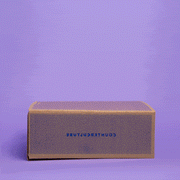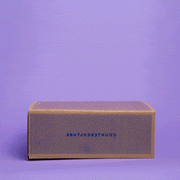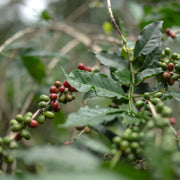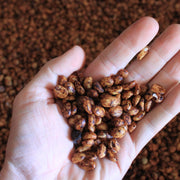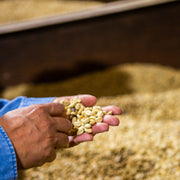We believe that any coffee can be used with any brew method to create a delicious cup.
Which brewing method is best? Frankly, selecting a brewing method ultimately comes down to preference. This is one reason we provide recommendations for multiple brew methods—to help you make the best coffee possible with the method of your choice!
Think about what matters most to you. If convenience is key, auto-drip is a great choice. If you only drink coffee on weekends and have time spare, maybe the pour-over or the french press would work for you. Do you travel a lot? Try the AeroPress! Or, try them all! Maybe you’ll surprise yourself. Read on to find your optimum way to make coffee!
Coffee Brewing Methods
Pour-Over

Manual pour-overs are great for brewing one to two cups at a time.
The pour-over is a great way to tease out the subtle flavors of a particular coffee, and it allows for easy experimentation to calibrate to exactly what you want in a coffee. Using a cone and a filter, you can control each brewing variable to get the optimal flavor out of the grounds. Manual brewers like the Beehouse, Kalita Wave, or V60 yield sweet, clean coffees, and larger format brewers like the Chemex are perfect for brewing for a larger group.
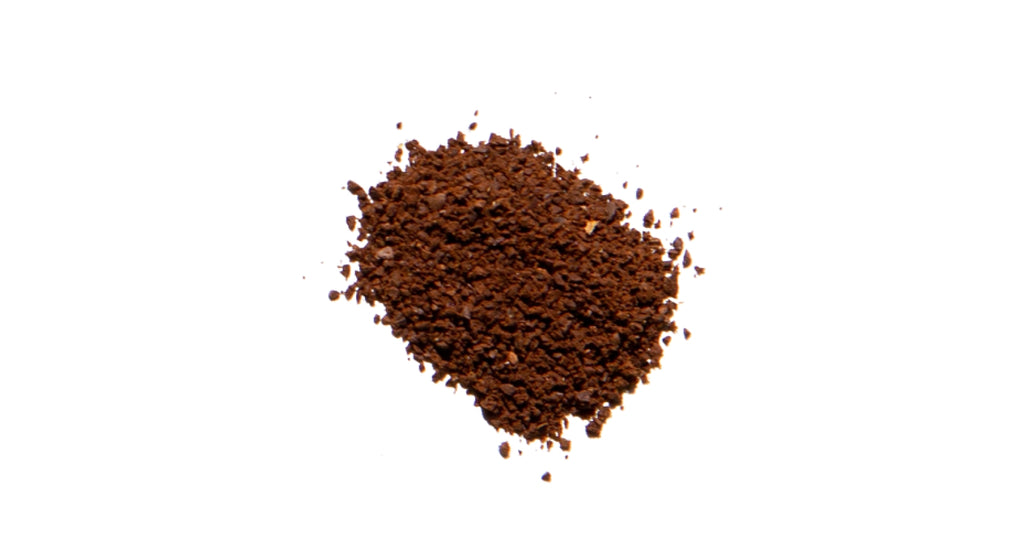
Grind Recommendation: A finer grind for smaller pour over cones—like table salt. Medium-Coarse grind for larger brewers like the Chemex—like kosher salt.
French Press

The French press is an easy way to make full-bodied coffee.
French press is a tried-and-true way to make delicious, full-bodied coffee. It is a full-immersion method, where coffee grounds sit in water for four to five minutes, and then a filter is plunged through the brewing device to “press” down the grounds. Because the grounds come into direct contact with the water—and remain in contact through the duration of the brew time—this method often results in the perception of a stronger flavor because of the insoluble material that remains in the final cup.

Grind Recommendation: Coarse grind—like sea salt.
Espresso

Espresso is much more concentrated than other brew methods.
Espresso is a great way to amplify the characteristics of your favorite coffee. Think of it as coffee under a microscope. Espresso machines use pressure to force water through the grounds, speeding up the extraction and making a potent “shot” of coffee. While espresso has more caffeine per unit volume than most other coffee drinks, the total caffeine content is actually lower than a standard cup of coffee because of its smaller serving size. Use this method if you like strong coffee, fast.

Grind Recommendation: Very fine grind required. Espresso-specific grinder recommended.
AeroPress

The AeroPress is a great brewing method for those on the go.
The AeroPress is a go-to brew method for those who love delicious coffee on the go. Low profile and durable, this easy-to-transport brewer is a great way to have tasty coffee for one or two while traveling. Unlike the French press, which often yields grit at the bottom of your cup, the AeroPress results in a clean, full-flavored experience because of its paper microfilter.

Grind Recommendation: Fine-to-medium grind.
Auto-Drip Brewer

Ease of use and convenience make auto-drip machines one of the most popular forms of brewing.
Auto-drip is probably the most well-known and popular way to make coffee at home. It can make coffee quickly for a large group of people. A quality version of the auto-drip brewer, like the Bonavita 8-Cup that we tested, can be an excellent way to brew better coffee at home. It features an easy-to-use design, powerful heating element, and wide shower head design—for better saturation and more-even extraction.
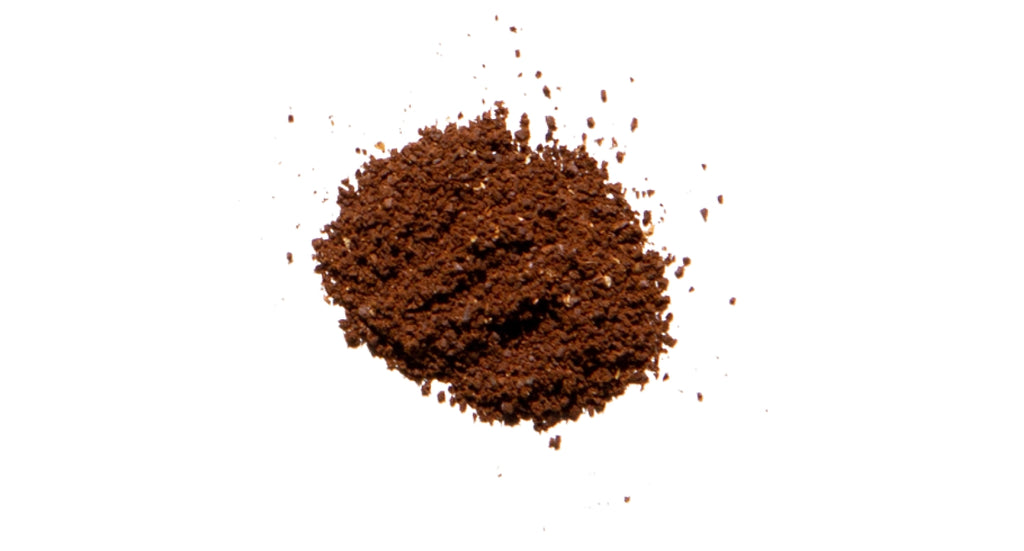
Grind Recommendation: Medium-fine grind—like kosher salt.
Which Coffee Should I Use For Each Brew Method?
You’re probably also wondering what coffees are best to use with each method. While some coffees may shine in a particular brew method, we still stand by the idea of you brew you. If you can’t decide what sounds best, here are a few things to consider:
Flavor Notes
If the flavor notes on a coffee are light and bright, a brew method that highlights flavor clarity is probably best. If you want to be able to pick out more subtle flavors, a pour over like the Kalita or a Chemex is the right call. If the coffee you’re brewing is heavy and rich, french press or even espresso is probably the way to go.
A good rule of thumb: if the flavors on the bag sound like a fruity lemonade, then it’s probably not going to pair as well with a method that tends to produce a coffee with the texture of hot chocolate. The inverse is true as well. If the method you’re using yields coffee with a thin, tea-like texture, you’re probably not going to want to pair that with richer, dark chocolatey flavors.
Coffee For Espresso

People ask for coffee recommendations for espresso making a lot. Considerations here are personal flavor preferences and consistency. Remember, espresso is coffee under a microscope. Bright flavors get brighter, and sweet and rich flavors also become more intense. If you don’t tend to love a super fruity flavor in your coffee, avoid those coffees. You will definitely notice acidity and brightness in an espresso. The flip side is that some folks love fruity and bright coffee. For them, a lighter roast single-origin coffee may be the way to go. Don’t be afraid to experiment! You brew you!
Another consideration is that dialing in espresso is a finicky task. Once you find a good recipe with most drip and immersion methods, you can go back to it again and again without making many big changes to the grind or recipe. Espresso is more volatile, and it takes a little time to get dialed in. Choosing a coffee that has a consistent flavor profile throughout the year is a good way to avoid getting stuck in the trap of feeling like you need to make adjustments all the time. Your starter recipe on day one will probably be pretty close weeks and months down the line with a year-round coffee. Big Trouble and Hologram are our most popular coffees for espresso because they have classic, delicious flavor profiles that are consistent week-to-week, month-to-month, and year-to-year.
Choosing a brew method to focus on is a great start to your home coffee journey. Next, you might want to check out our three best tips to making better coffee at home. We hope this guide helps you pick the perfect method to make your favorite coffee.
